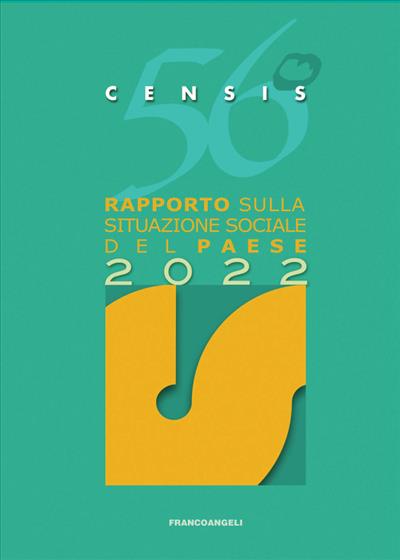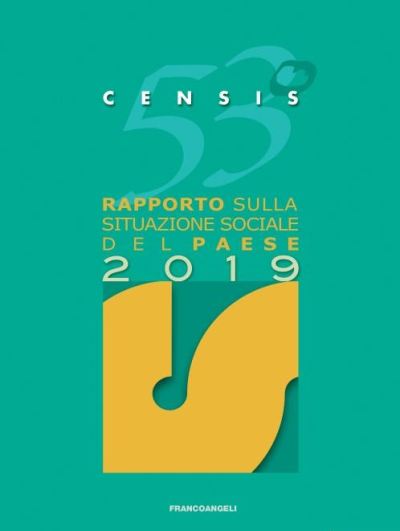
Italy today 2001.
Social picture and trends
Printed Edition
46.50
Printed Edition
46.50
Pages: 256
ISBN: 9788846437860
Edition: 1a edizione 2002
Publisher code: 2000.998
Availability: Nulla




